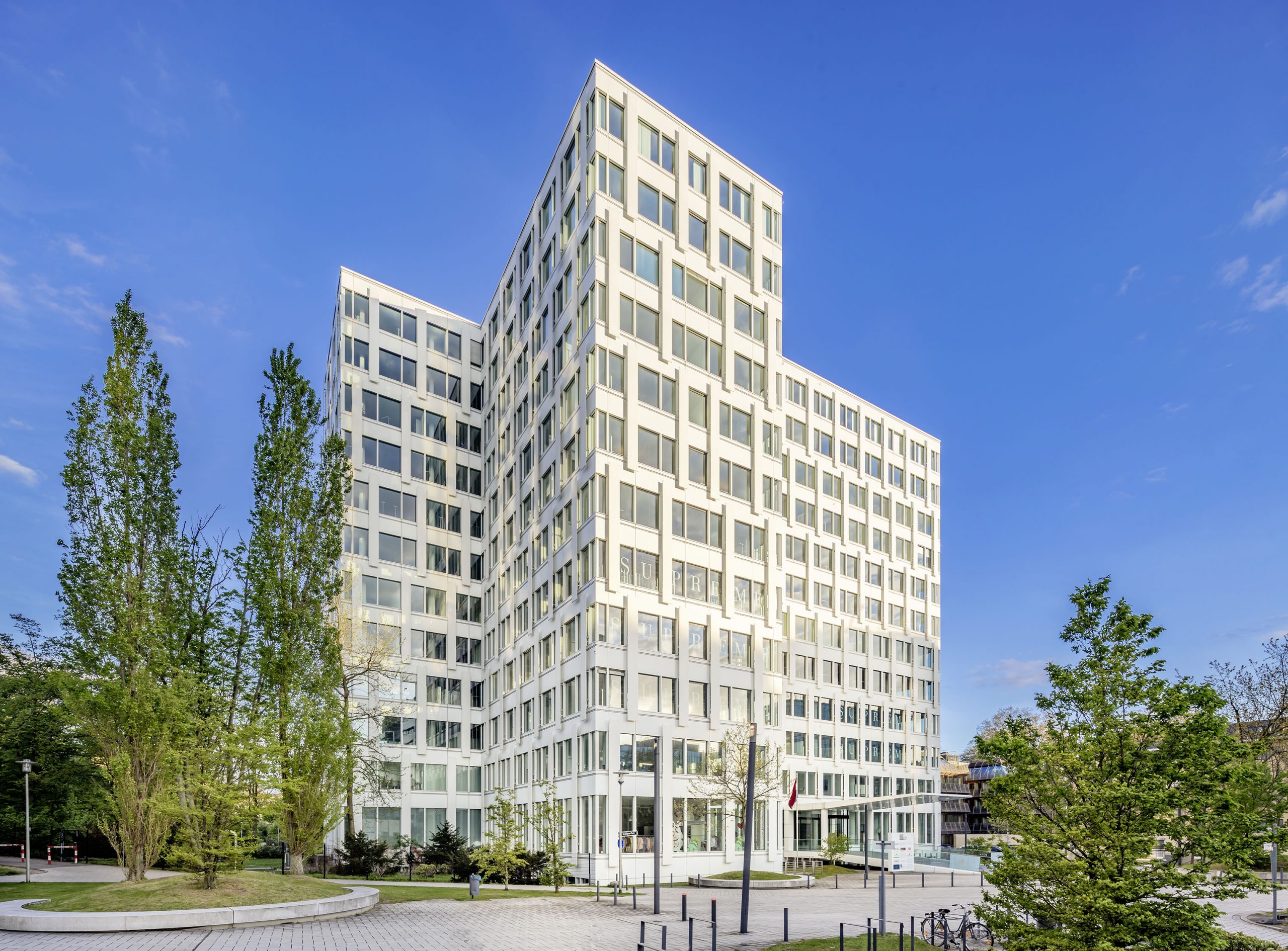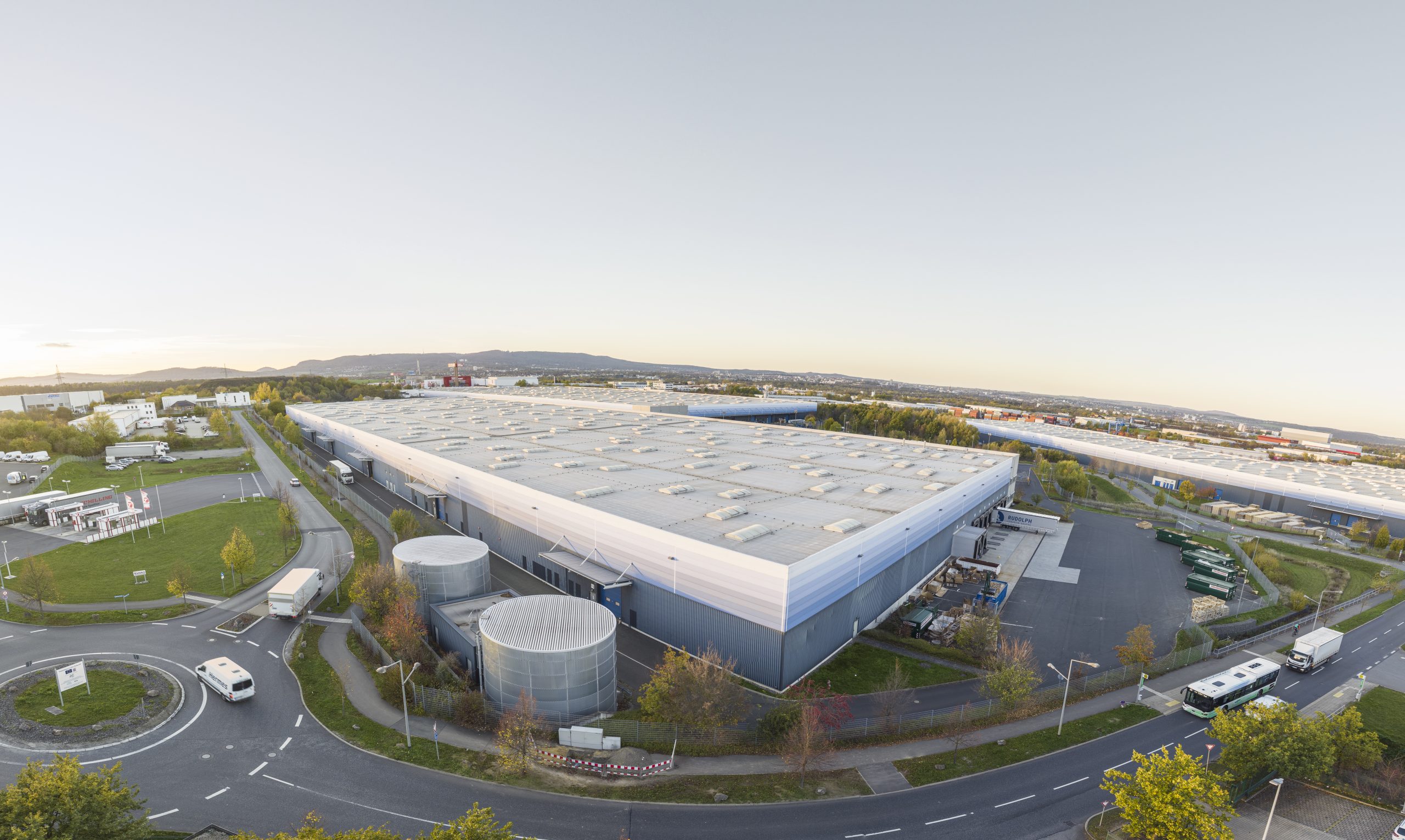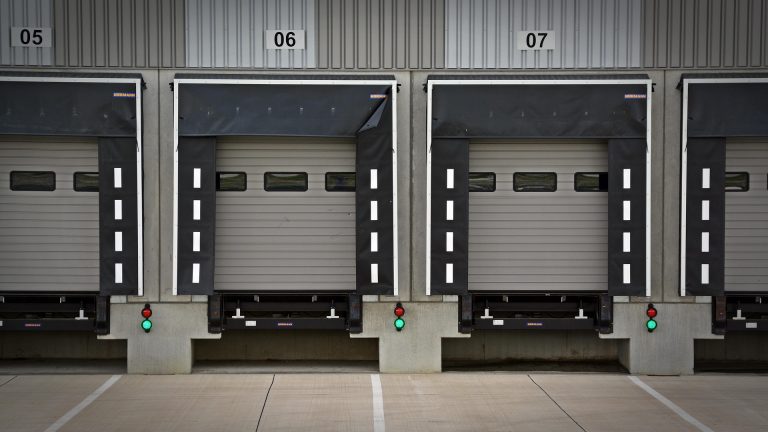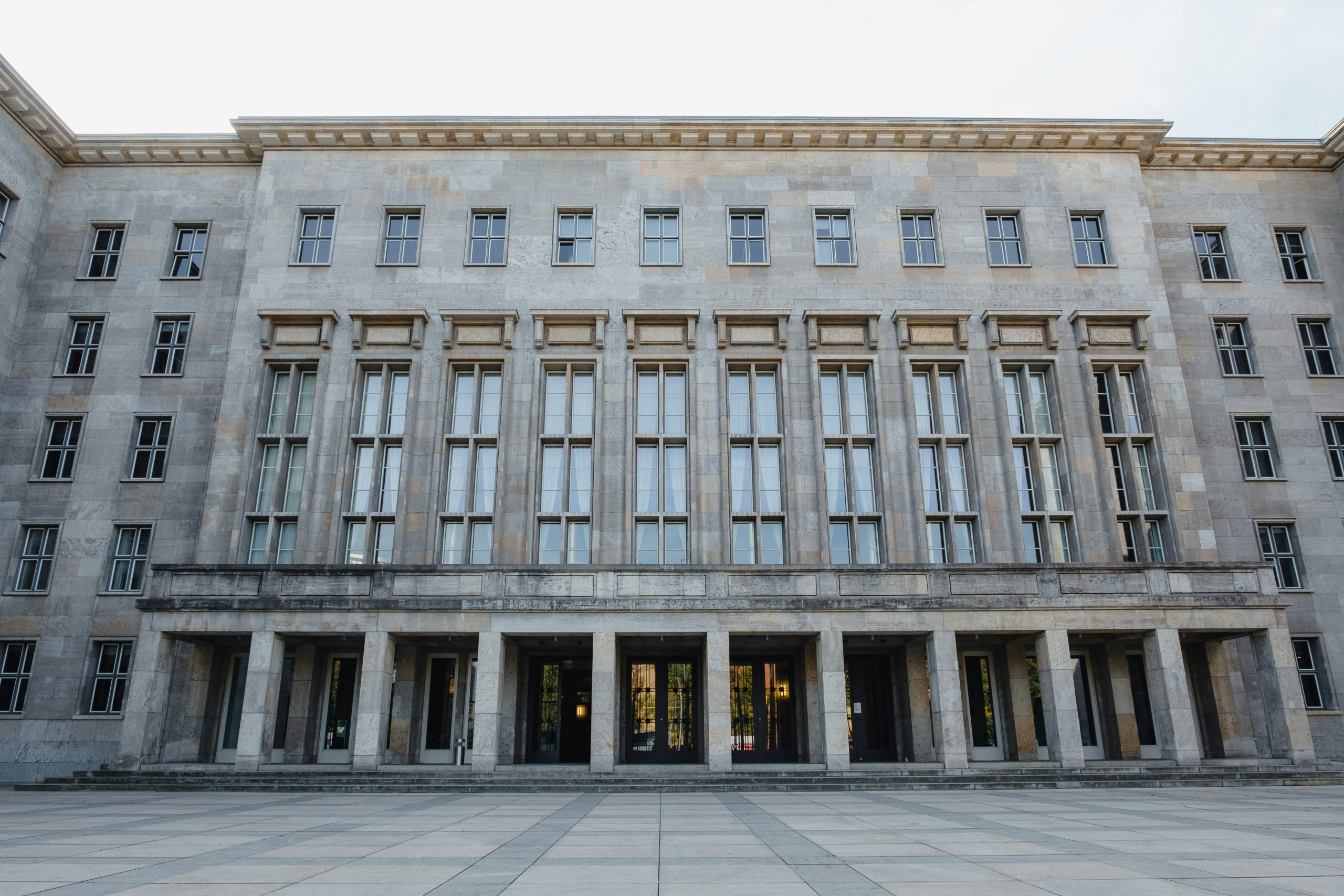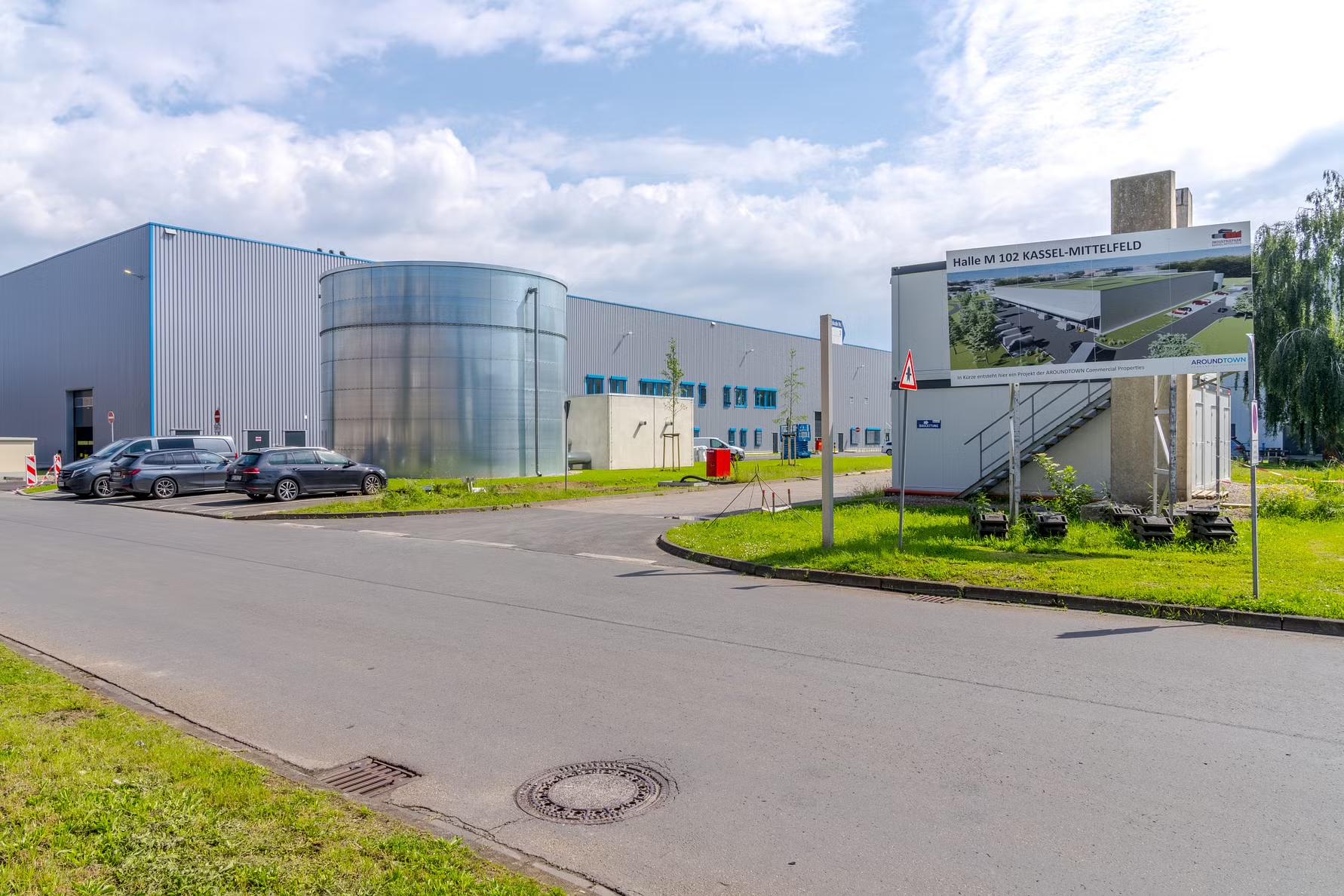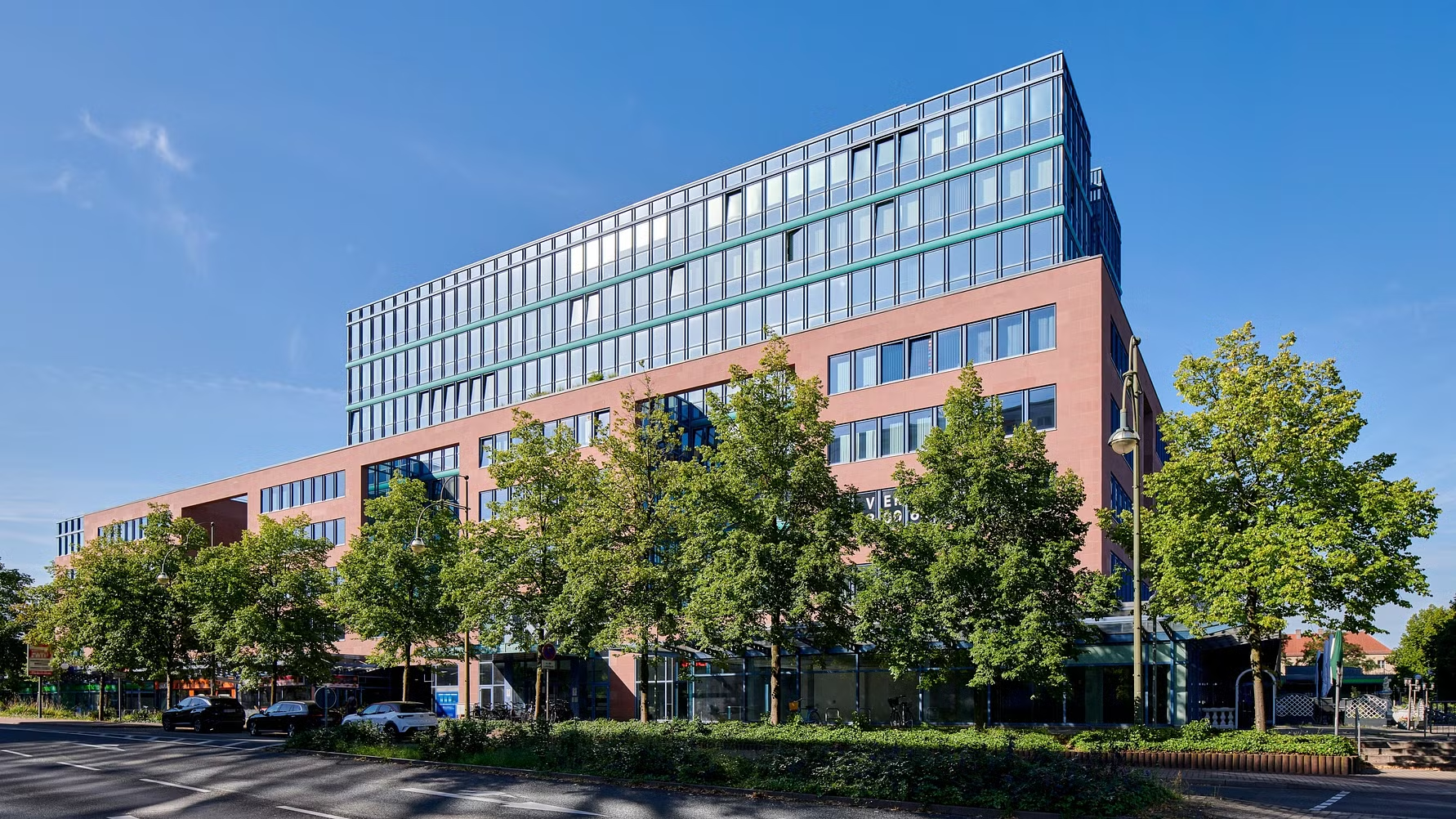Savills has examined the developments in the data centre market in the EMEA region in the latest EMEA Data Centre Spotlight Report and has come to the following conclusion:
According to the International Data Corporation (IDC), the global AI market will grow to $144.6 billion by 2028, representing a compound annual growth rate of 30.3% between 2024 and 2028. Savills emphasizes that the enormous computing power required to train and operate language models and other AI applications is putting exceptionally high pressure on digital infrastructure across the EMEA region.
Cameron Bell, Director EMEA Data Centre Advisory at Savills, comments: “Geographically, demand remains highly concentrated. Despite the discussions about location-independent strategies related to AI, only a few such projects have actually been implemented so far. Instead, operators are increasingly focusing on existing availability zones, promoting consolidation in regions with established infrastructure from large cloud providers, reliable energy supply and expansion opportunities. While demand is gradually expanding beyond the traditional European hubs, the majority of the requirements continue to be concentrated in the FLAP-D markets (Frankfurt, London, Amsterdam, Paris and Dublin), supported by high population density and the presence of large companies.”
Savills has seen a 12% increase in active capacity over the last twelve months. Established locations grew particularly strongly, with capacity increasing by 15% in France, 10% in Germany and 9% each in the UK and Ireland. In the Netherlands, growth was only 6%, due to the ongoing government moratorium on new construction. In addition, there were significant increases in less traditional locations such as Portugal (+60%), Saudi Arabia (+49%), Spain (+25%), the United Arab Emirates (+20%) and Sweden (+17%).
However, since the beginning of 2025, only 850 MW of electricity capacity has been deployed in the EMEA region, an 11% decrease compared to the same period last year. This highlights ongoing bottlenecks and extended delivery times. At the same time, the new demand for space reached 845 MW in the same period, around half of the capacity leased in 2024. However, Savills points out that this slowdown does not signal weaker demand, but rather reflects the limited supply of new equipment.
The continued strong demand is also reflected in the total contracted electricity capacity, which has risen to almost 14,500 MW, an increase of 12% compared to the previous year. Around a quarter of the space is now pre-let, compared to less than 20% three years ago. Accordingly, the average occupancy rate in the region rose to 91% in the third quarter of 2025 (Q3 2022: 87%), highlighting that demand continues to outstrip supply.
Cameron Bell adds: “The ongoing imbalance between rising demand and limited supply continues to support rental prices. After three years of significant increases, average rents have stabilised throughout the region. Nevertheless, with increasing AI-related requirements, rising energy costs and persistent construction cost inflation, further upward pressure on prices is expected for the remainder of 2025 and beyond.”
As a result, the data center investment market in EMEA continues to be remarkably resilient and dynamic, underpinned by long-term fundamentals that remain attractive to investors. Despite ongoing challenges in the area of electricity supply, the sector’s central role as a critical infrastructure in the digital economy ensures that significant investments will continue to be required in the coming years.
Since 2021, between 80% and 90% of the value of completed transactions has been financed by private equity, real estate funds or infrastructure investors, up from just 50% in 2020. Capital raising has also increased significantly, with the volume of funds raised for data center funds already around 40% higher than in 2023 at the end of the second quarter of 2024, clear evidence of the sector’s growing attractiveness.
However, challenges remain. Data center construction costs in the EMEA region now range from $7.3 million to $13.3 million per megawatt of installed IT load, including land, building envelope, electrical and air conditioning, fire protection, and interior finishes. The highest annual cost increases were observed in Vienna (+27.5%), Warsaw (+25.4%), Stockholm (+18%) and Copenhagen (+17%). According to a survey by construction firm Turner & Townsend, respondents reported a 5% to 15% increase in construction costs over the past year, with 22% reporting even higher increases.
Marc Edmondson, Director and Data Centre Expert in Building & Project Consultancy at Savills, explains: “With longer construction periods, the investment costs also increase. The cost of new construction projects has risen sharply due to a shortage of skilled workers, limited availability of land and ongoing supply chain issues. Globally, average construction costs increased by more than 6% year-on-year, and in the EMEA region by as much as 9.7%. Developers are responding with early material purchases and closer partnerships with suppliers, while some are shifting to emerging markets that offer more accessible land and energy.”
Overall, Savills expects demand for data center capacity to remain exceptionally high due to the development of AI, especially as organizations increasingly embrace hybrid strategies that combine public cloud, private infrastructure, and colocation models. This is expected to lead to robust demand in established centres, especially where secure grid connection and competitive energy costs are ensured. At the same time, the growth of secondary and tertiary markets, especially in Southern and Eastern Europe and the Middle East, points to gradual decentralization, supported by access to low-cost building land and renewable energy sources.
Savills | Report: EMEA data centres – Between gridlock and gold rush
